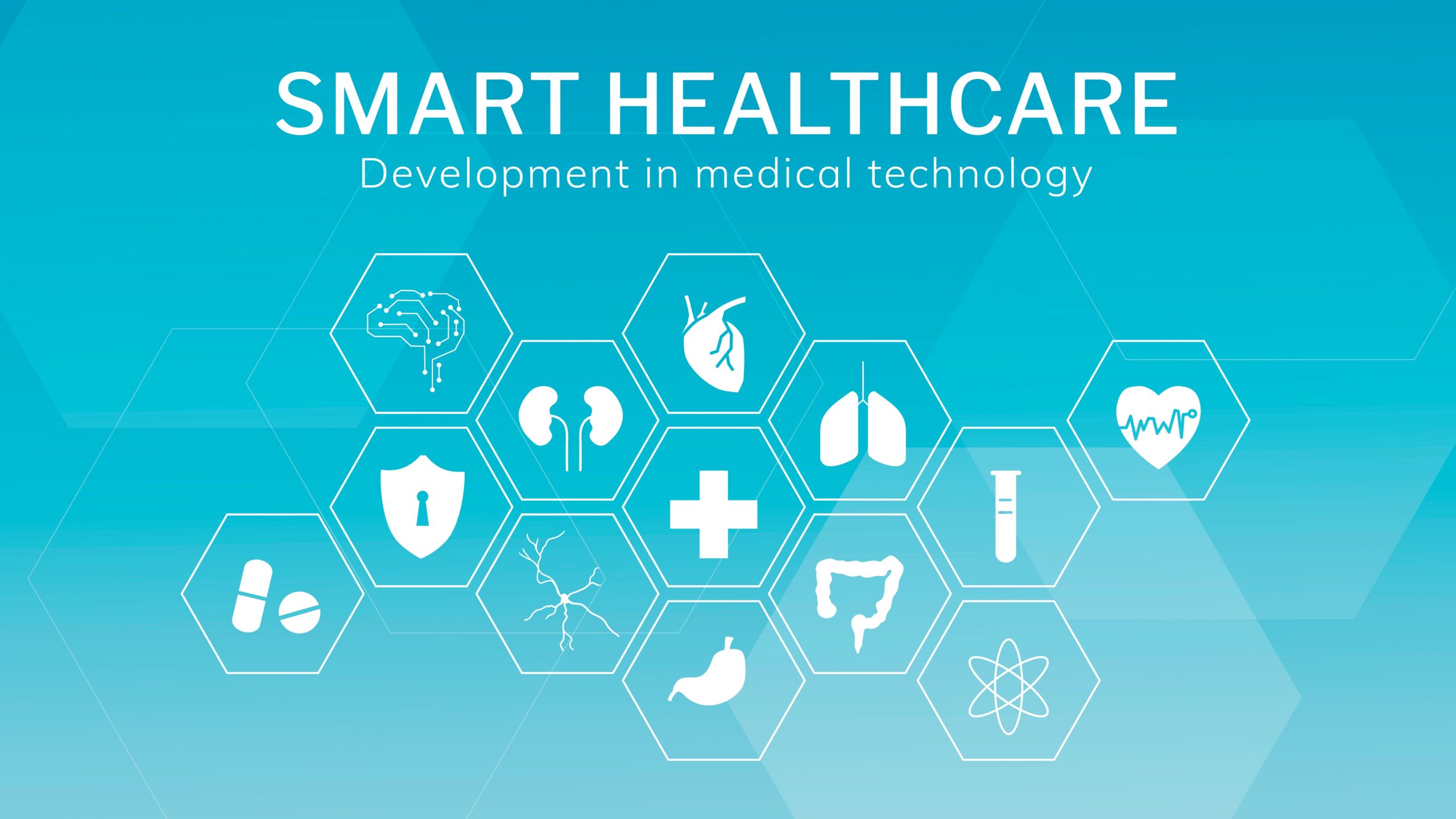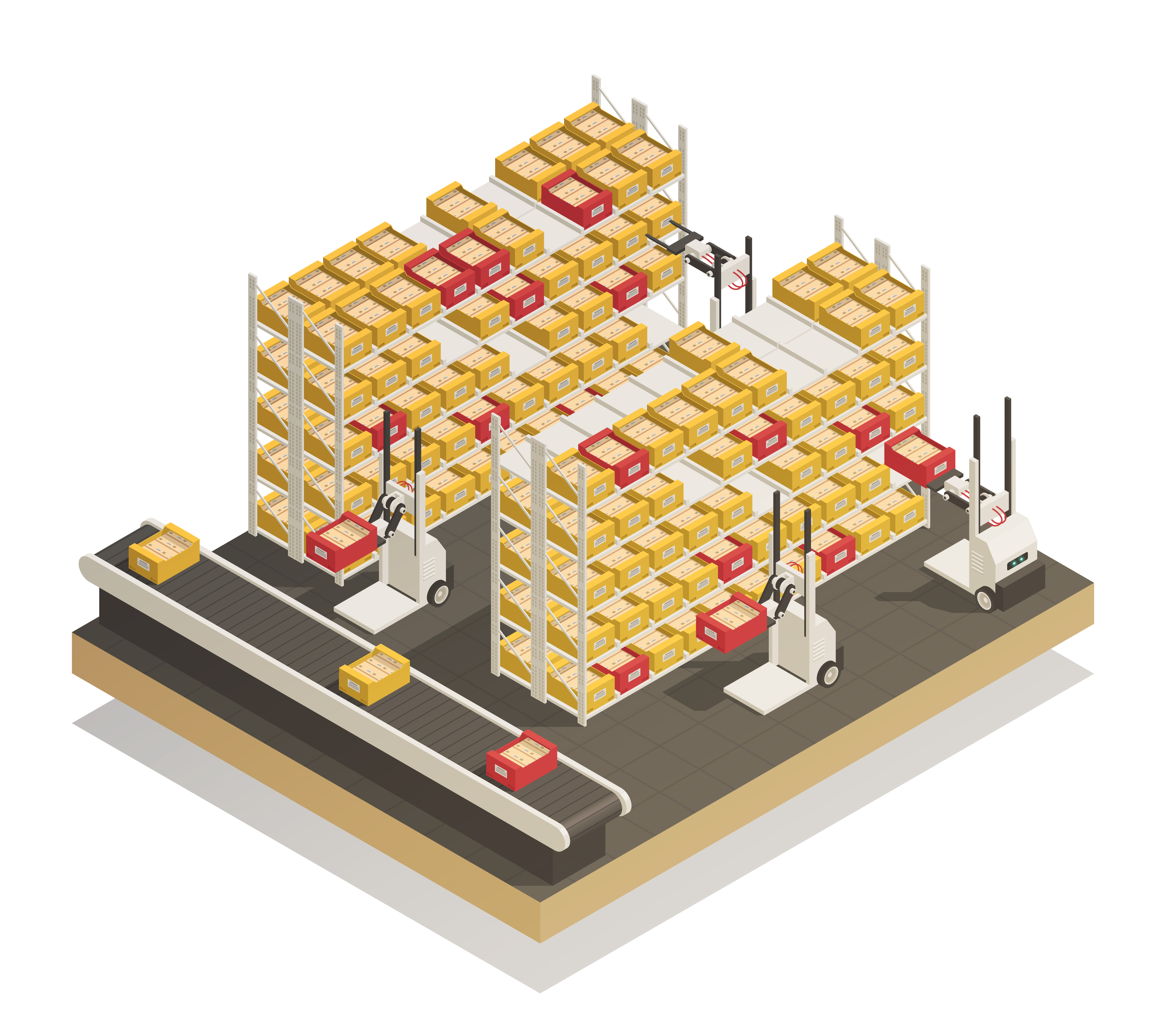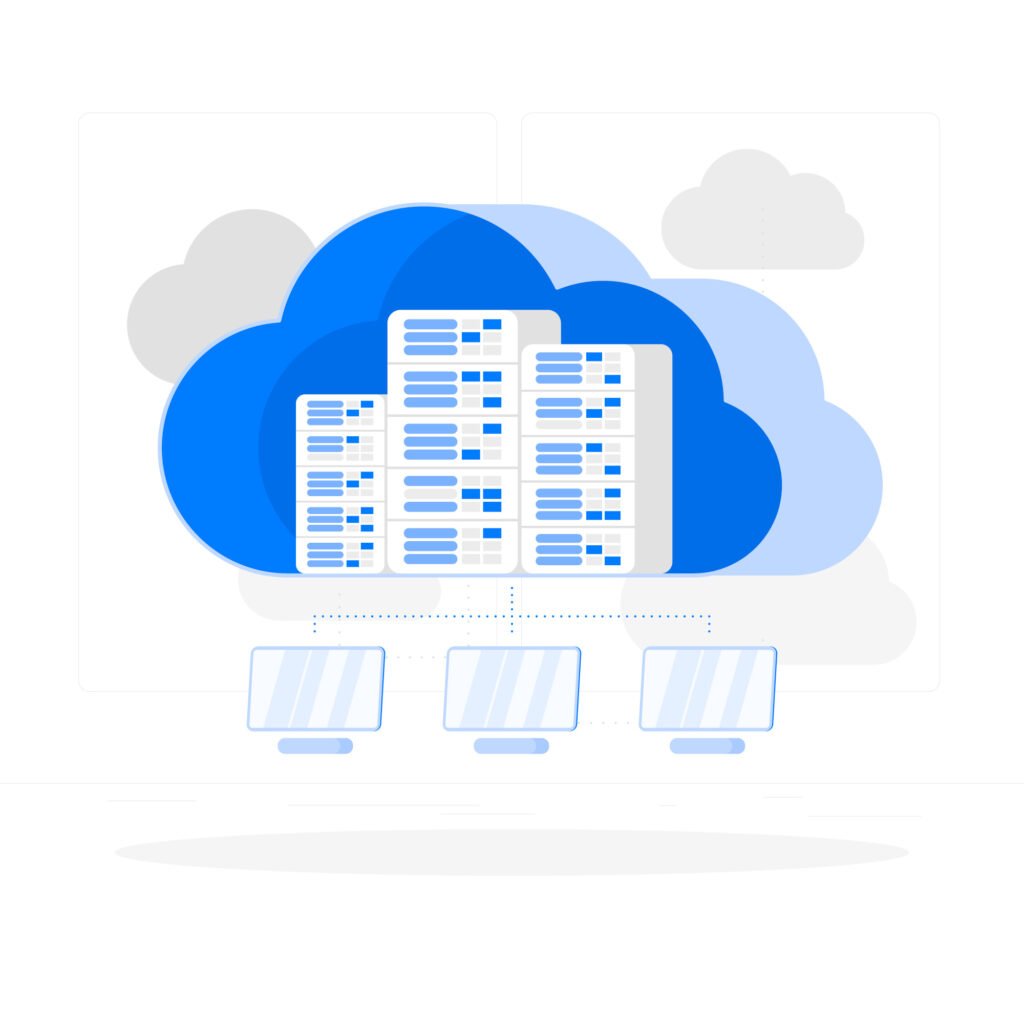Patient safety is an altogether rising global public health concern. Especially in the age of the pandemic that we live in, statistics show that there is an increasing number of mistreatments within healthcare due to improper patient identification or the drug administered to the patient. It is estimated that there are about 42.7 million adverse events each year out of 421 million hospitalizations. One of the integrated IT technology in medical and healthcare for this challenge is the adoption of Radio Frequency Identification (RFID).
In this blog, we shall highlight:
- What is RFID, and why do you need it?
- The Increasing adoption of RFID in healthcare
- Benefits of RFID in various industries
- The challenges of adopting RFID.

What is it, and why do you need it?
RFID is the next-generation technology in medical, used for tracking and data collection. Apart from healthcare, the technology has successfully been applied in several industries like manufacturing, retail, and logistics. In addition, the technology has multiple opportunities for increased safety, operational efficiency, and cost savings by tagging inventory, assets, and patients.
According to WHO, there is a chance that 1 out of 300 patients are being harmed when in healthcare due to medical errors. Most medical errors are attributed to specimen misidentification, adverse drug events, and incorrect blood transfusion, which are all mainly caused by misidentification of patients and medication.
According to a market research report published by Facts and Factors, the demand analysis of global RFID in Healthcare Market size & share revenue is expected to grow from USD 1.8 Billion in 2020 to reach USD 3.5 Billion by 2026, at 12.7% annual CAGR during 2021-2026.
RFID offers many advantages over existing technologies since these tags are ‘read-write.’ However, despite the many benefits that RFID offers, there are certain limitations. These include cost, the inability to withstand extreme temperatures, continuous internet requirements, and other electricity demands. The lifespan of RFID tags depends on batteries, which need to be replaced and added to their cost.
Benefits and Applications of RFID in Healthcare
RFID applications include patient tracking, identification and monitoring, drug tracking, identification and administration, blood transfusion, equipment, and asset tracking, and collection of sensor-derived data. This means improving healthcare quality for patients through reducing human errors during interactions between patients and healthcare personnel. However, the adoption of RFID technology in hospitals has been modest, mainly due to high costs and difficulties justifying the investment.
Within patient safety, four applications are identified: patient identification, patient tracking, patient monitoring, and patient drug compliance.
1. Patient identification

Daily, hospitals face the problem of misidentifying patients. Misidentification of patients is one of the main reasons for medical errors in hospitals and is considered a risk to patient safety. Positive patient identification (PPI) applications using RFID technology may include a smart wristband with a passive RFID tag that can be scanned to identify patients and reveal information such as date of birth, name, insurance information, allergies, blood type, and medication requirements. Several studies suggest that hospitals should work to prevent these errors by implementing a good patient identification system that can improve the safety procedures of hospitals.
Other researchers propose an RFID-based identification of patients to query and retrieve correct related medical data from the various existing healthcare information systems, which in turn can potentially minimize patient-handling errors. Identification through RFID may also be used for surgical patients to ensure that the surgical procedure is performed on the right patient.
2. Patient tracking
Managing supply chains monitoring medical inventories and supplies and assets is one of the most commonly used RFID applications in healthcare. RFID patient tracking capabilities can reduce waiting times through the automatic display of the phase in which a patient is in, providing transparency for patients and staff in the surgical trajectory, improving patient flow, and reducing wait times.
RFID tracking can also be used to identify the patients ready to leave the hospital to minimize unneeded long stays for better resources allocation. It can also enable tracking the elderly patients with chronic diseases at their homes. Another tracking application is the movement tracking of visitors, staff, and patients to locate and identify people that have been in contact with people carrying infectious diseases.
During the pandemic, many hospitals used RFID technology to improve patient care. In addition, stored data from the RFID systems allowed the hospitals to identify and locate people that had been in contact with the SARS – cov2 (covid) infected patient before the diagnosis was made.

3. Patient monitoring RFID (in combination with other IoT-based sensors)
It may also be used for patient monitoring and collection of sensor-derived data. For example, they may suggest using implantable RFID technology in medical that serves the function of a portable medical record. For instance, during the SARS outbreak, the Show Chan Hospital in Taiwan established the “Intelligent digital health network” project, using active RFID tags for patient monitoring to keep track of the body temperature of potentially infectious patients with a fever. In addition, the remote data link RFID feature was later applied to a senior citizen home to remotely transmit movements and physiological data of disabled or bedridden patients.
Patient drug compliance RFID systems can be potentially used and adopted to improve drug compliance. This solution was demonstrated by introducing a home robot prototype with human face detection, and an RFID tagged tablet dispenser, enhancing drug compliance and monitoring medicine intake.
Challenges of RFID technology in medical
Even though there are many benefits of applying RFID to improve patient safety, several challenges affect the adoption of RFID to ensure drug compliance and track, identify and monitor patients.
These challenges can be organized into three different categories:
- Technological challenges
- Security, privacy, and data management challenges
- Organizational and financial challenges

1. Technological challenges:
A few technological limitations of RFID cause a challenge for RFID adoption, especially in healthcare. For example, RFID wireless transmissions may cause electromagnetic interference (EMI) with biomedical devices. This is a challenge for RFID applications in healthcare, as EMI generated by RFID tags can critically affect the performance of electronic biomedical devices and electronic medical equipment, posing a threat to patient safety in medical environments.
RFID tags could potentially cause EMI to medical equipment such as external pacemakers or syringe pumps, which could cause the equipment to switch off in the proximity of an RFID tag. This would directly put patients’ health in danger. However, another technological challenge of RFID is related to the accuracy and reliability of RFID systems. For example, compared to barcodes (used by most hospitals today), which are generally reliable, RFID tags might not work as expected in some situations or with certain products.
Another study surveyed the current technological applications of RFID in body-centric systems for patient monitoring and gathering information about the patient’s living environment via IoT sensors. While the study suggests that RFID applications in healthcare are mainly still in the experimental period, however, recent advances in biomaterial engineering pave the way for tattoo-like thin surface electronic devices that are fully biocompatible and self-dissolvable within a specific period and thus could be used as temporary wireless wearable sensors for patient monitoring.
Patient drug compliance RFID systems can be potentially used and adopted to improve drug compliance. For example, patient drug compliance solutions can also be used in the home after leaving the hospital by attaching an RFID tag to the medicine container that records each time it is opened. In addition, doctors can access this RFID data and thus monitor patient drug compliance. This solution was demonstrated by introducing a home robot prototype with human face detection, and an RFID tagged tablet dispenser, which improves drug compliance and monitors medicine intake.
Correspondingly, a study proposed a prototype that applies RFID tags to medications and an RFID reader along with a web-based system to track the use of medicines. The system also alerts healthcare personnel if the medicines have expired. In addition, RFID-enabled smart bandages can aid in controlled drug delivery for after-surgery patients based on their wound monitoring data.
Another research conducted at a Greek hospital presented RFID technology in medical for blood sample management via a blood bank management system. The study’s findings suggest that RFID in combination with barcodes can aid in better blood samples’ management and reduce the risk of misidentification and blood product waste. Similarly, some argue that RFID technologies can assist transfusion departments to manage blood samples better and facilitate the identification and transfusion of blood products to the correct patient.
2. Security, privacy, and data management challenges:
Data privacy, management, and security are important considerations in the healthcare sector. In the case of RFID technology, guaranteeing security and privacy is one of the most challenging issues regarding information delivery. Challenges related to privacy mainly originate from counterfeiting unencrypted sensitive data within RFID tags, intercepting data during transmission, or the unauthorized access of sensitive data. However, from a legal perspective, unencrypted patient data stored in RFID tags may also be perceived as a violation of government regulations, such as the Health Insurance Portability and Accountability Act (HIPAA) in the USA. In addition, because most RFID tags rely on wireless interfaces, RFID systems may also be subject to physical attacks, such as timing attacks, fault integration, and power analysis attacks. When it comes to data transmission, eavesdropping is a central concern, in addition to standards that require authentication of the RFID tag or reader.
3. Organizational and financial challenges:
To realize the deployment of an RFID system, a large initial investment is required. Even though the cost of RFID tags technology in medical has decreased significantly during the past decade, the cost of RFID tags is still considered substantial. Today, a passive RFID tag costs approximately 10 cents, while each active RFID tag can cost up to 20 dollars, which is a major investment for hospitals in cases where all assets, staff, and patients are tagged. In addition to the RFID tags and readers, the RFID infrastructure also requires middleware, databases, servers, and applications. In addition, training, business process redesign, organizational change, and RFID infrastructure maintenance are also costs that need to be accounted for.
In all, the global RFID in the healthcare market has applications like asset tracking, patient tracking, pharmaceutical tracking, blood tracking, and others. With its rising adoption, it has become imperative for healthcare businesses to have their edge around RFID systems. For more such information on this technology in medical, feel free to get in touch with our app development team.




